The automotive industry is witnessing a remarkable evolution with the rise of electric vehicles (EVs), and two compelling players on the market are the Renault R5 and the Volkswagen ID.3. Both cars exemplify the growing trend toward sustainability while delivering innovative features. In this article, we’ll delve into a comprehensive comparison of these two hatchbacks, exploring their technical specifications, performance, and unique innovations.
Renault R5 vs VW ID.3 – Performance, range & efficiency compared
Two cars, one duel: Renault R5 meets VW ID.3.
Which one wins in performance, efficiency and value for money? Find out now!
Design and Dimensions
The Renault R5 maintains a retro-inspired design that harkens back to its iconic predecessor, making it an aesthetically appealing option in the EV segment. With dimensions measuring 3922 mm in length, 1744 mm in width, and a height of 1498 mm, the R5 offers a compact body type perfect for urban scenarios.
On the other hand, the Volkswagen ID.3 presents a more contemporary hatchback look with a slightly larger footprint at 4264 mm long, 1809 mm wide, and 1564 mm high. This extra size contributes to its spacious interior, which is another factor to consider for potential buyers.
Powertrain and Performance
When it comes to propulsion, both cars feature fully electric powertrains and automatic transmission with a reduction gearbox. The Renault R5 is available in several power variants, offering outputs of 95, 122, and 150 hp, with an impressive torque topping out at 245 Nm. It also boasts a 0-100 km/h acceleration time of 8 to 9 seconds depending on the variant.
The Volkswagen ID.3 outstrips the R5 in terms of power options. It ranges from 170 hp to an exceptional 326 hp across multiple configurations, with torque figures escalating up to 545 Nm. The ID.3 also offers quicker acceleration, reaching 0 to 100 km/h in as little as 5.7 seconds for its highest-performing model. This performance makes it a strong contender for those who prioritize speed and power in an electric vehicle.
Battery and Range
Battery capacity is an essential aspect of EVs, and the R5 comes standard with a 40 kWh battery. This allows it to achieve an electric range between 300 and 405 km depending on the specific configuration and driving conditions. The energy consumption stands at an impressive 14.8 kWh/100 km, making it economical for everyday use.
The ID.3 provides several battery options, ranging from 52 kWh to 79 kWh, with corresponding electric ranges of up to 604 km. Its energy efficiency is also noteworthy, with consumption varying from 14.5 to 15.8 kWh/100 km. This makes the ID.3 a more versatile choice for long-distance travel, addressing one of the common concerns of prospective EV owners regarding range anxiety.
Interior and Cargo Space
Interior design and practicality are crucial factors in deciding between these two vehicles. The R5 accommodates up to five passengers and offers a trunk capacity of 326 liters, sufficient for daily errands and short trips.
Conversely, the Volkswagen ID.3 also seats five but enjoys a greater trunk space of 385 liters, which allows for more luggage or groceries. Both vehicles offer modern technology features and user-friendly interface systems, but the ID.3 tends to offer a slightly more advanced overall infotainment experience, complete with a digital cockpit and various driver-assist technologies.
Innovations and Technology
The Renault R5 is set to incorporate several innovative features aimed at enhancing user experience, fuel efficiency, and environmental friendliness. With zero CO2 emissions and a CO2 efficiency class of A, the R5 represents Renault's commitment to sustainable mobility.
The ID.3, widely known for its impressive innovations, boasts features like bidirectional charging capabilities, allowing users to power external devices from their car's battery. Additionally, it integrates advanced driver-assist systems and offers over-the-air updates, a feature that ensures the car stays current with technology developments.
Conclusion: Which Should You Choose?
The choice between the Renault R5 and the Volkswagen ID.3 ultimately narrows down to individual needs and preferences. If you lean towards a car with iconic styling, a compact footprint, and efficient city driving range, the R5 is worth considering. However, for those seeking performance, longer range, and more extensive technology, the ID.3 presents a strong, versatile option.
As the landscape of electric vehicles continues to grow and evolve, both the Renault R5 and Volkswagen ID.3 position themselves well to cater to a burgeoning market of environmentally-conscious consumers looking for style, performance, and practicality.
Here’s where it gets real: The technical differences in detail
Costs and Efficiency:
Price and efficiency are key factors when choosing a car – and this is often where the real differences emerge.
Renault R5 has a to a small extent advantage in terms of price – it starts at 23900 £, while the VW ID.3 costs 28600 £. That’s a price difference of around 4654 £.
In terms of energy consumption, the advantage goes to the VW ID.3: with 14.50 kWh per 100 km, it’s minimal more efficient than the Renault R5 with 14.80 kWh. That’s a difference of about 0.30 kWh.
As for range, the VW ID.3 performs clearly perceptible better – achieving up to 605 km, about 200 km more than the Renault R5.
Engine and Performance:
Power, torque and acceleration say a lot about how a car feels on the road. This is where you see which model delivers more driving dynamics.
When it comes to engine power, the Renault R5 has a distinct edge – offering 540 HP compared to 326 HP. That’s roughly 214 HP more horsepower.
In acceleration from 0 to 100 km/h, the Renault R5 is convincingly quicker – completing the sprint in 3.50 s, while the VW ID.3 takes 5.70 s. That’s about 2.20 s faster.
In terms of top speed, the Renault R5 performs noticeable better – reaching 270 km/h, while the VW ID.3 tops out at 200 km/h. The difference is around 70 km/h.
There’s also a difference in torque: Renault R5 pulls clearly stronger with 4800 Nm compared to 545 Nm. That’s about 4255 Nm difference.
Space and Everyday Use:
Cabin size, boot volume and payload all play a role in everyday practicality. Here, comfort and flexibility make the difference.
Both vehicles offer seating for 5 people.
In curb weight, Renault R5 is clearly perceptible lighter – 1447 kg compared to 1787 kg. The difference is around 340 kg.
In terms of boot space, the VW ID.3 offers somewhat more room – 385 L compared to 326 L. That’s a difference of about 59 L.
In maximum load capacity, the VW ID.3 performs somewhat better – up to 1267 L, which is about 161 L more than the Renault R5.
When it comes to payload, VW ID.3 a bit takes the win – 473 kg compared to 418 kg. That’s a difference of about 55 kg.
Who comes out on top?
Overall, the Renault R5 shows itself to be dominates this comparison and secures the title of DriveDuel Champion.
It convinces with the more balanced overall package and proves to be the more versatile choice for everyday use.
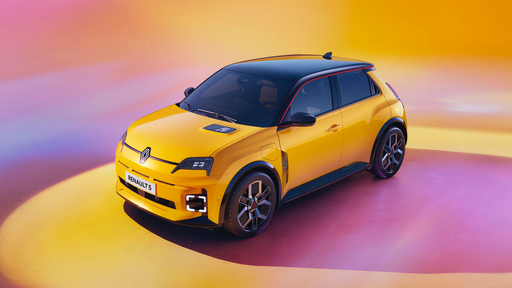
Renault R5
Renault R5
The Renault R5 is a classic hatchback that captured the imagination of drivers with its distinctive design and compact versatility. Its agile handling and efficient performance made it a popular choice in urban settings and winding country roads alike. With a blend of style and practicality, the Renault R5 remains a beloved icon in automotive history.
details @ media.renault.at
@ media.renault.at
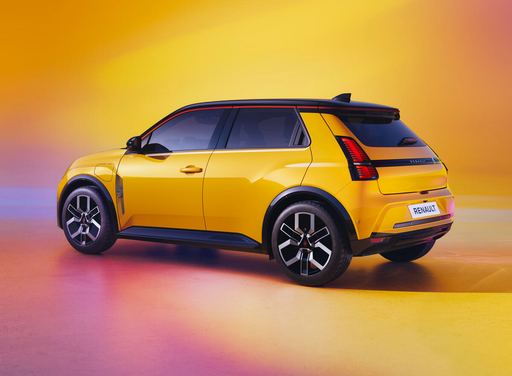 @ media.renault.at
@ media.renault.at
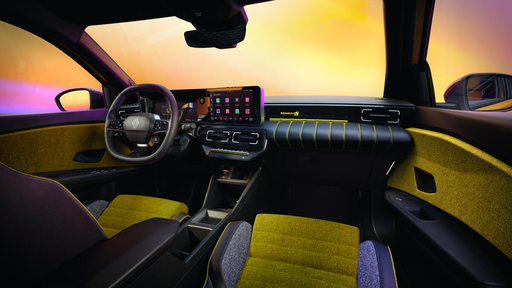 @ media.renault.at
@ media.renault.at
VW ID.3
The VW ID.3 represents Volkswagen's entry into the world of electric vehicles, offering a modern design that combines functionality with sustainability. Inside, you'll find a spacious and tech-forward interior, providing a comfortable driving experience while maintaining a focus on environmentally friendly materials. The ID.3's performance delivers a smooth and responsive feel on the road, making it a strong contender in the growing electric car market.
details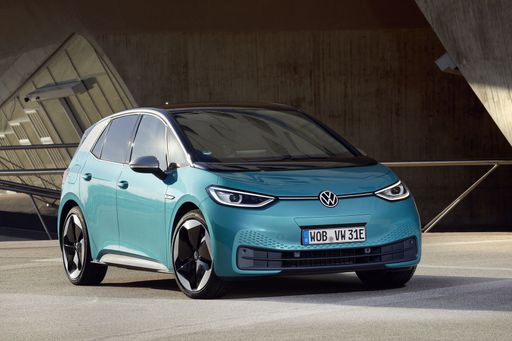 @ Volkswagen
@ Volkswagen
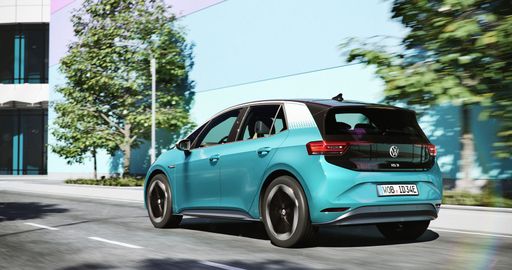 @ Volkswagen
@ Volkswagen
 @ Volkswagen
@ Volkswagen
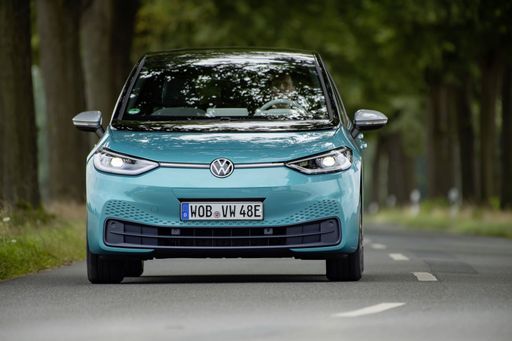 @ Volkswagen
@ Volkswagen
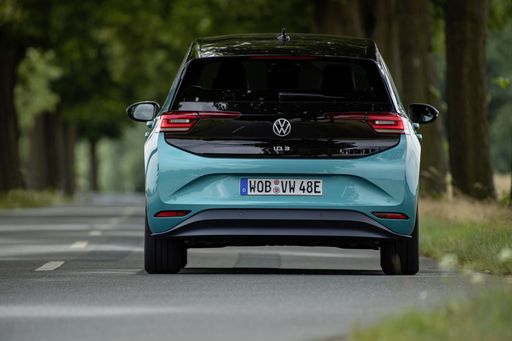 @ Volkswagen
@ Volkswagen
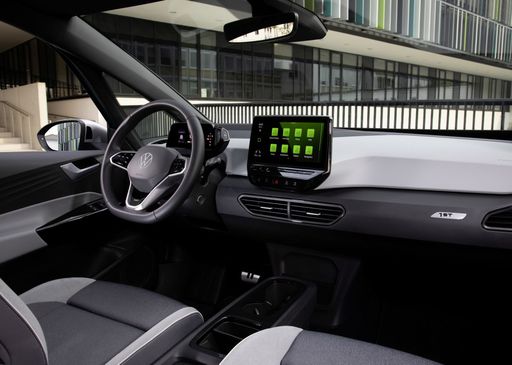 @ Volkswagen
@ Volkswagen
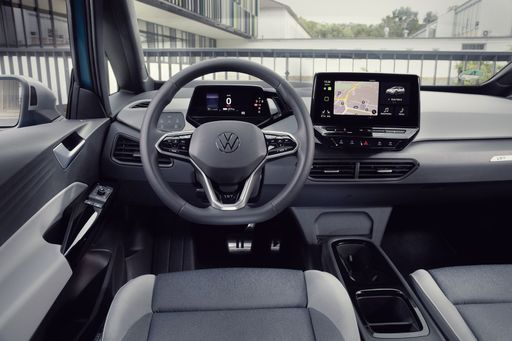 @ Volkswagen
@ Volkswagen

|

|
|
|
|
Costs and Consumption |
|
|---|---|
|
Price
23900 - 137100 £
|
Price
28600 - 49300 £
|
|
Consumption L/100km
-
|
Consumption L/100km
-
|
|
Consumption kWh/100km
14.8 - 15.2 kWh
|
Consumption kWh/100km
14.5 - 15.8 kWh
|
|
Electric Range
307 - 405 km
|
Electric Range
383 - 605 km
|
|
Battery Capacity
40 - 52 kWh
|
Battery Capacity
52 - 79 kWh
|
|
co2
0 g/km
|
co2
0 g/km
|
|
Fuel tank capacity
-
|
Fuel tank capacity
-
|
Dimensions and Body |
|
|---|---|
|
Body Type
Hatchback
|
Body Type
Hatchback
|
|
Seats
2 - 5
|
Seats
5
|
|
Doors
3 - 5
|
Doors
5
|
|
Curb weight
1447 - 1524 kg
|
Curb weight
1787 - 1993 kg
|
|
Trunk capacity
326 L
|
Trunk capacity
385 L
|
|
Length
3922 - 4080 mm
|
Length
4264 mm
|
|
Width
1744 - 2030 mm
|
Width
1809 mm
|
|
Height
1380 - 1498 mm
|
Height
1564 mm
|
|
Max trunk capacity
1106 L
|
Max trunk capacity
1267 L
|
|
Payload
396 - 418 kg
|
Payload
437 - 473 kg
|
Engine and Performance |
|
|---|---|
|
Engine Type
Electric
|
Engine Type
Electric
|
|
Transmission
Automatic
|
Transmission
Automatic
|
|
Transmission Detail
Reduction Gearbox
|
Transmission Detail
Reduction Gearbox
|
|
Drive Type
Front-Wheel Drive, Rear-Wheel Drive
|
Drive Type
Rear-Wheel Drive
|
|
Power HP
122 - 540 HP
|
Power HP
170 - 326 HP
|
|
Acceleration 0-100km/h
3.5 - 9 s
|
Acceleration 0-100km/h
5.7 - 8.2 s
|
|
Max Speed
150 - 270 km/h
|
Max Speed
160 - 200 km/h
|
|
Torque
225 - 4800 Nm
|
Torque
310 - 545 Nm
|
|
Number of Cylinders
-
|
Number of Cylinders
-
|
|
Power kW
90 - 397 kW
|
Power kW
125 - 240 kW
|
|
Engine capacity
-
|
Engine capacity
-
|
General |
|
|---|---|
|
Model Year
2025 - 2027
|
Model Year
2024 - 2025
|
|
CO2 Efficiency Class
A
|
CO2 Efficiency Class
A
|
|
Brand
Renault
|
Brand
VW
|
What drive types are available for the Renault R5?
The Renault R5 is available as Front-Wheel Drive or Rear-Wheel Drive.
The prices and data displayed are estimates based on German list prices and may vary by country. This information is not legally binding.
